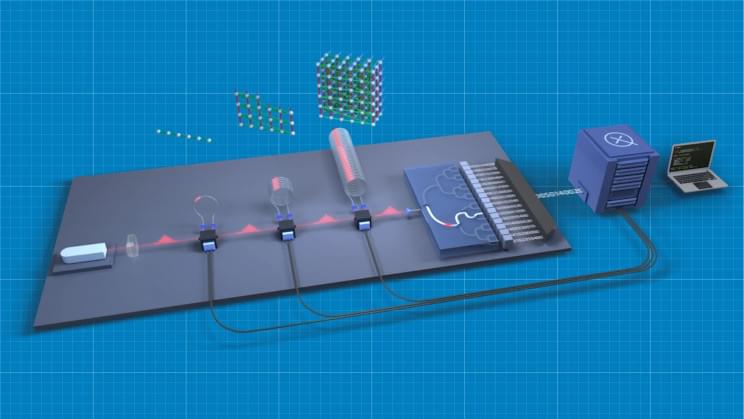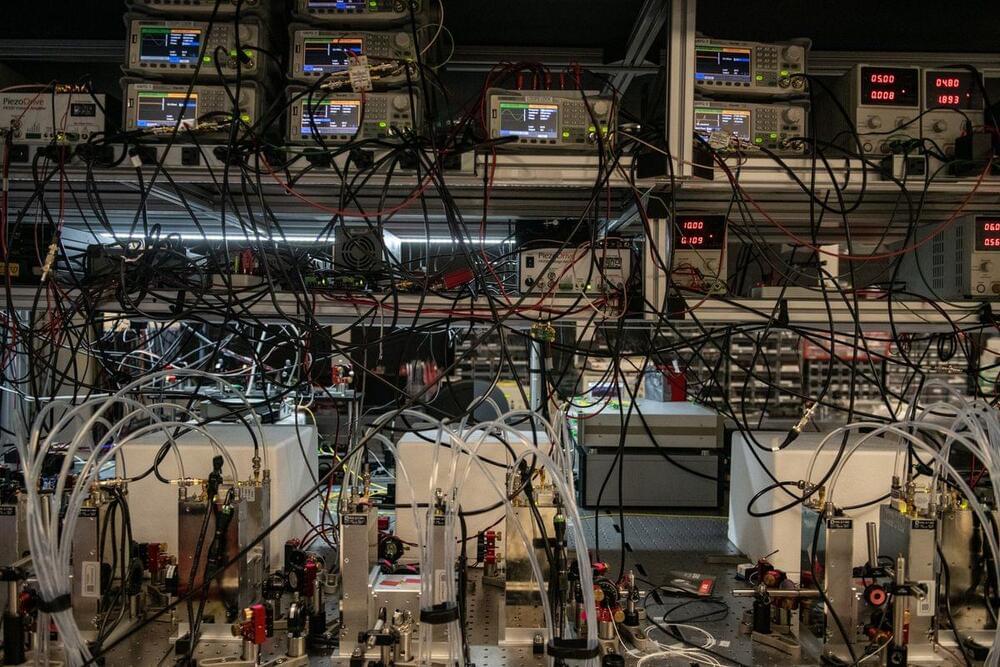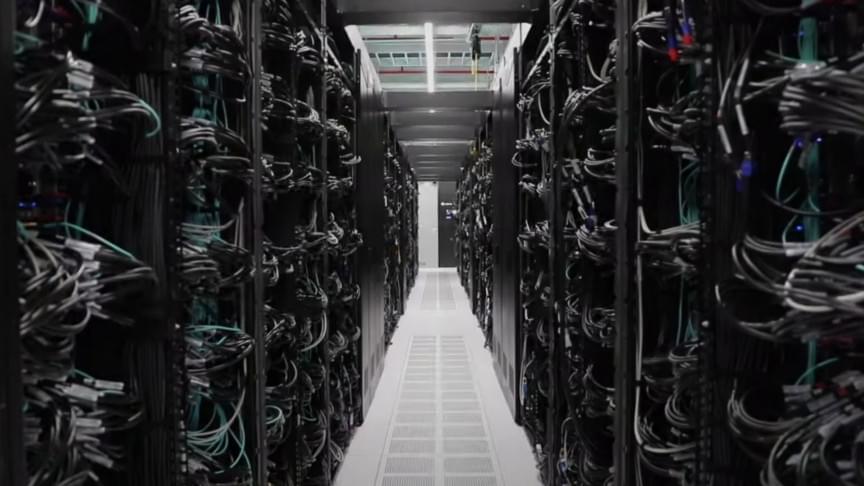Jun 23, 2022
Researchers claim China’s new ‘brain-scale’ AI rivals the human brain
Posted by Jose Ruben Rodriguez Fuentes in categories: robotics/AI, supercomputing
Scientists in China say they have been able to run an artificial intelligence model as sophisticated as a human brain on their most powerful supercomputer, a report from the South China Morning Pos t reveals.
According to the report, this puts China’s Newest Generation Sunway supercomputer on the same level as the U.S. Department of Energy’s Frontier, which was named the world’s most powerful supercomputer earlier this month.
As a point of reference, Frontier is the first machine to have demonstrated it can perform more than one quintillion calculations per second.

















